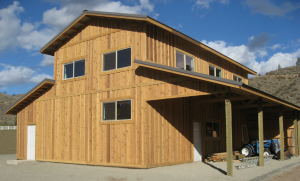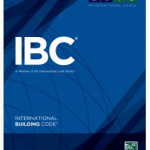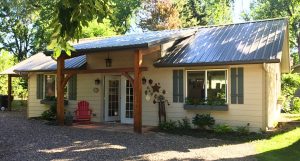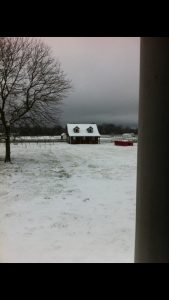Being a Seattle Mariners fan (yes I know it is a scary concept), my first real introduction to Low e, was then Seattle Mariners (now Texas Rangers) relief pitcher Mark Lowe.
OK, not so funny, but it does illustrate how little most people know or understand about low e windows.
Traditionally most post frame buildings have either been cold storage, or rarely heated structures. Even in the second case, the added cost of low e glass may never be recaptured from the small amount of heat lost over the life of the building. In the recent past, more and more pole buildings are being climate controlled, leading to the need for more efficient windows.
What exactly is low e glass? Here are a few key technical terms about low e glass:
 Low-emissivity: Low e glass coatings work by reflecting or absorbing infrared light and ultra-violet rays. A window with low e glass does a better job of keeping heat in during the winter and out during the summer.
Low-emissivity: Low e glass coatings work by reflecting or absorbing infrared light and ultra-violet rays. A window with low e glass does a better job of keeping heat in during the winter and out during the summer.
U-factor measures how easily heat flows through the product. The lower the number, the better it keeps heat exactly where you want it. Each state has its own set U-factor rating.
Solar Heat Gain Coefficient (SHGC) tells how much heat radiation – due to sunlight – a window lets in. If heating your pole barn is your main concern, a higher SHGC can help offset some of the heating costs. In warmer climates where air-conditioning costs are a bigger factor, look for a lower SHGC number.
Windows manufactured with low e window coatings typically cost about 10-15% more than regular windows, however these windows can dramatically reduce energy loss by as much as 30–50%.
A low e glass coating is a microscopically thin, virtually invisible metal or metallic oxide layer deposited directly on the surface of one or more of the panes of glass. The low e window coating reduces the infrared radiation from a warm pane of glass to a cooler pane, thereby lowering the U-factor. Simply put, the lower the U-factor the more energy-efficient the window.
Different types of low e glass coatings have been designed to allow for high solar gain, moderate solar gain, or low solar gain. A low e coating can also reduce a window’s visible transmittance (visibility through the glass) unless you use one which is spectrally selective. Spectrally selective coatings are optically designed to reflect particular wavelengths but remain transparent to others. Such coatings are commonly used to reflect the infrared (heat) portion of the solar spectrum while admitting a higher portion of visible light. They help create a window with a low U-factor and solar heat gain coefficient but with a highly visible transmittance.
Spectrally selective coatings can be applied on various types of tinted glass to produce “customized” glazing systems capable of either increasing or decreasing solar gains according to the aesthetic and climatic effects desired.
All new windows have technical labels applied by the National Fenestration Rating Council, which should be easier to understand with the information above.
If you live in a part of the country where heat/cold fluctuations are minimal, low e windows are probably not high on your list. With a home on the border of MN/SD where summers hover around 100 degrees and winters -20 to -40, you can bet low e windows are always on my shopping list when constructing a new pole building.









